Explore the Best AI Image Gallery
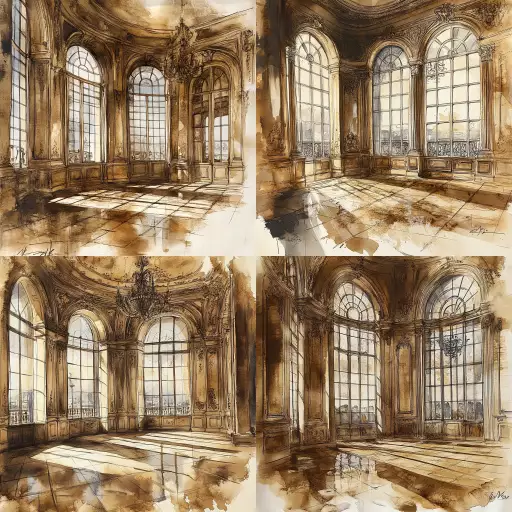
Beyond the Brushstrokes: How Wearable Tech is Redefining Creative Expression
The intersection of technology and creativity has always been a fertile ground for innovation. From the printing press to digital tools, each technological leap has reshaped how we create and experience art. Today, wearable technology stands poised to revolutionize this landscape further, empowering artists, designers, and innovators with unprecedented capabilities.
Wearable tech encompasses a wide range of devices that can be worn on the body, including smart glasses, fitness trackers, haptic vests, and even brain-computer interfaces. These devices offer a unique blend of functionality and accessibility, allowing for real-time interaction with digital information and creative tools.
Applications in the Creative Sphere
- Interactive Art Installations: Wearable sensors can translate physical movements into dynamic visual displays, creating immersive and participatory art experiences. Imagine a sculpture that reacts to your touch, or an installation that responds to the collective energy of the audience.
- Enhanced Design Visualization: Architects and designers can use augmented reality glasses to overlay digital models onto real-world environments, allowing for more intuitive and collaborative design processes.
- Gesture-Based Creativity: Wearable controllers and hand tracking technology enable artists to sculpt, paint, or compose music using natural gestures. This opens up new avenues for creative expression and reduces the need for traditional tools.
- Personalized Storytelling: Interactive narratives can be tailored to individual users based on their actions and choices, creating unique and engaging storytelling experiences through wearables.
Ethical Considerations
As with any emerging technology, wearable tech in the creative industry raises important ethical considerations:
- Data Privacy: Wearables collect vast amounts of personal data. It is crucial to ensure responsible data handling practices and transparency regarding data usage.
- Accessibility and Inclusivity: Creative tools should be accessible to all, regardless of physical abilities or socioeconomic status. Designing for diversity and inclusivity is paramount.
- Algorithmic Bias: AI algorithms used in creative applications can perpetuate existing biases if not carefully developed and monitored. Addressing algorithmic bias is essential for fair and equitable creative outcomes.
Future Trends
The future of wearable tech in the creative industry holds immense potential:
- Brain-Computer Interfaces: Direct brain-computer interfaces could enable artists to translate their thoughts and emotions into creative outputs, blurring the lines between mind and machine.
- Immersive Storytelling: Wearables will enhance immersive storytelling experiences, allowing users to step inside narratives and interact with characters in a truly engaging way.
- Personalized Creative Expression: AI-powered tools will empower individuals to explore their creativity in unique and personalized ways, regardless of their technical expertise.
Wearable technology is poised to transform the creative landscape, opening up new frontiers for artistic expression, collaboration, and innovation. By embracing these advancements responsibly and ethically, we can unlock a future where creativity knows no bounds.


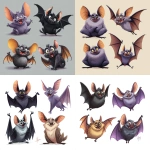








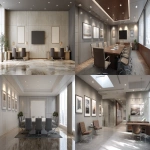

](https://images.ai-img.art/thumbnails/150/485c8b1c747827bdc9a962f8a1919b3c259b18dd263b260208a1eae19fb85e07.webp)


](https://images.ai-img.art/thumbnails/150/2fbd98ecfc425cfc1597779121e1c0305437067779e9c471eb64ff9615d5be98.webp)

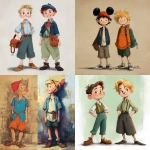



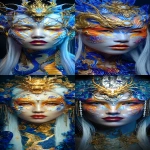




](https://images.ai-img.art/thumbnails/150/5197af8969d850e2a43e141d41e482ccbceedebceb2a4caf9f098f943f9d1b0f.webp)
](https://images.ai-img.art/thumbnails/150/8d1fe5a7a49cfc96747182431a853357913286d89258383caab2d3b4681afcb5.webp)




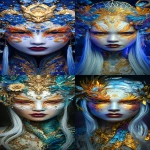














](https://images.ai-img.art/thumbnails/150/269414b0e541026702e9e67c67602c96162f37ff460a388b3b36314c8fc936dd.webp)
](https://images.ai-img.art/thumbnails/150/3020b8c2b6d9be07e042357107af1de10deb274a41d2b0f332684ad4b532a702.webp)